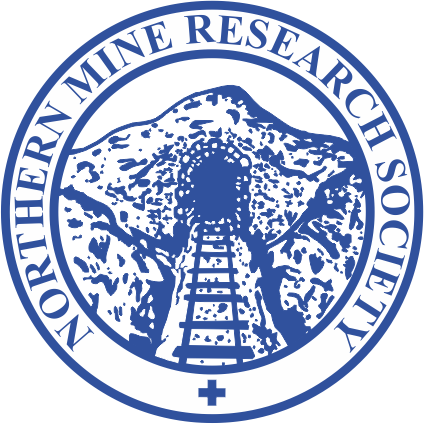This was one of the early ‘modern’ collieries being started about 1840 or a little earlier by Andrew Knowles & Sons, in an area where there were older workings. Two shafts were sunk, reaching the Trencherbone Mine at 1,404 feet, the shaft depths being 473 yards. The sinkings were very promising as the following seams were intersected:
| Ft | Ins | |
| Rams Mine | 497 | 6 |
| White Mine | 851 | 0 |
| Black Mine | 930 | 10 |
| Doe Mine | 1147 | 0 |
| Five Quarters Mine | 1179 | 2½ |
| Coal (Ellel Mine) (a) | 1277 | 11 |
| Trencherbone Mine | 1404 | 0 |
| (a) Ellel – Hell Hole – Victoria Mine |
A vertical winding engine was located between the shafts, winding a single cage in each. A square section chimney served the boilers.
There was always a good deal of local mining legend surrounding Clifton Moss Colliery and old miners averred that there was always a water problem which was encouraged by the action of neighbouring collieries. Indeed, the colliery had a relatively short life, being closed in 1891.
A pumping engine was installed second-hand in 1880, this having been built originally for the Amsley Hall Coal & Iron Co. in 1873 by J. Musgrave & Sons, Bolton. Design details are not known except that it was single cylinder 36in x 8ft.
Clifton Moss was always a landsale colliery, the entire output being despatched by horse and cart.
After closure the shafts were not filled in and from about 1910 the Earl of Ellesmere’s mining agent took an interest in the colliery, possibly initially as a means of alleviating the problem of water passing into the Sandhole Colliery Trencherbone workings. The shafts were pumped out and some underground exploration was carried out. A large quantity of flowing water was noted in the White Mine. There appear to have been proposals to re-work Clifton Moss in addition to using it for pumping to relieve Sandhole Colliery, but the whole enterprise was abandoned around 1922.
Return to previous page
